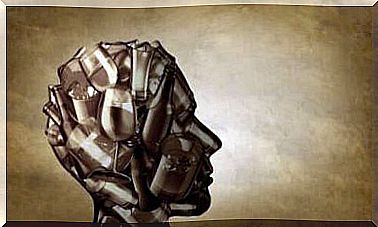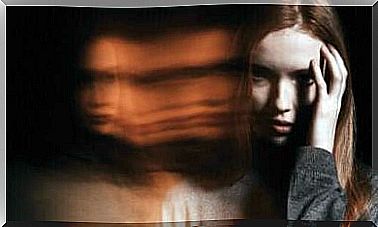Hypnomania: Uncontrolled Urge To Sleep
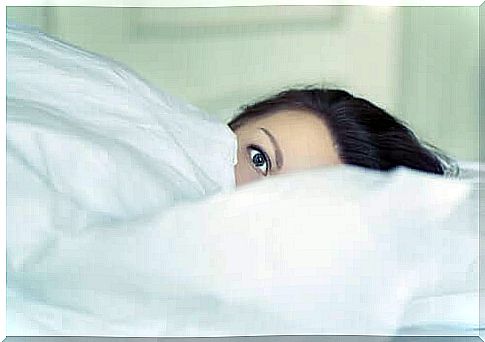
Sleep disorders are a huge problem all over the world, with insomnia (insomnia) being the most common. In fact, it is estimated that about 1/3 of the world’s population is struggling with insomnia today. Hypnomania is an uncontrolled urge to sleep.
It is just one of the many possible causes of insomnia, although it can also be a symptom of insomnia in itself. Today we will take a look at the different causes of this vicious circle.
According to the American Academy of Sleep Medicine (AASM), between 33% and 50% of the adult population in the United States have trouble falling asleep or staying asleep. These statistics are very important.
Ironically, an obsession with sleep can actually cause sleep problems such as extreme daytime sleepiness or insomnia. In some cases, it can also lead to other disorders like depression.
In this article we will learn more about the symptoms, causes and treatment of hypnomania. We will also look at the potential relationship between these disorders and other mental disorders.
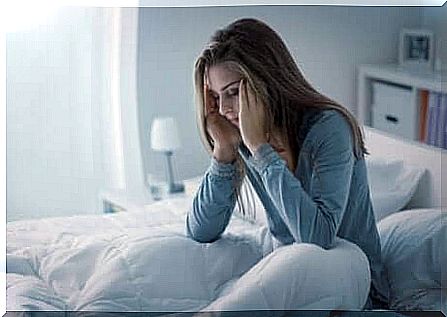
What is hypnomania and how does it differ from other sleep disorders?
The word, hypnomania, comes from the Latin word “hypnos”, which means dream, and “mania”, which means madness. This term refers to an intense and uncontrollable urge to sleep, to a point where it becomes an obsession.
This obsession can occur no matter how many hours of sleep the person gets at night. However, it is often related to problems such as insomnia. It is important to differentiate between hypnomania and other similar terms such as clinomania, narcolepsy and hypersomnia.
Clinomania refers to the urge or obsession to stay in bed as long as possible (not to be confused with the classic “five minutes more” routine that we all do when the alarm clock rings in the morning).
Clinomania is that the person has no intentions of getting up and giving up all other activities in favor of staying in bed (where one does not necessarily sleep).
Hypersomnia is an extreme drowsiness, even after a good night’s sleep (at least 7 hours). The person may even have trouble staying awake.
Narcolepsy is an organic disorder in which the person has an extreme tendency to fall asleep. This is associated with periods of cataplexy in which the person experiences sudden muscle weakness, hypocretin deficiency (also known as orexin), and shortened REM sleep delay (less or about 15 minutes).
Causes and consequences of hypnomania
Hypnomania can be both the cause and the result of a wide range of sleep disorders. In some cases, it may even cover other underlying conditions. In many cases, insomnia is the cause of hypnomania, as the declining quality and amount of sleep can lead to an obsession with getting more sleep.
So what’s the problem? The problem is that this all-consuming obsession with sleep can actually lead to serious struggles with insomnia. This creates a vicious circle where one condition aggravates the other.
When you constantly think that you have the urge to sleep (due to the thought that you have not slept enough), you can become sleepy, even if you are not really tired. This drowsiness can mean that you are unable to pay attention during the day, which affects work or school.
One cannot force sleep
Those who struggle with hypnomania often also have another problem: They try to sleep even when they are not tired. This in turn can lead to them lying in bed for hours because they think they are tired but unable to fall asleep. This may make them think that they are suffering from insomnia.
On the other hand, hypnomania can sometimes obscure an underlying problem. People with depression can spend the whole day thinking about going to bed. For them, it is only when the day finally ends that they can stop thinking, worrying and suffering.
Melancholic depression is often associated with difficulty falling asleep and waking up early in the morning. In the case of atypical depression, however, the biggest problem is often hypersomnia.
If the doctor suspects that a person is suffering from hypnomania, they must at the same time confirm whether the patient also meets other diagnostic criteria for depressive disorders. That way, they can make a detailed diagnosis and choose the most effective treatment.
Possible forms of treatment
In order to choose the best treatment, the doctor must first make an evaluation to determine whether the hypnomania is the result of an underlying condition. Likewise, the physician must perform a functional analysis to determine the possible causes and consequences of the condition.
If, after the evaluation, they conclude that hypnomania is caused by insomnia, the doctor may offer a variety of options to help the patient deal with it.
Since this may be the cause of the hypnomania, it is important to tackle the insomnia. If one can increase the quality or quantity of sleep, the patient may have an easier time dealing with his obsession. Some techniques are:
- Progressive muscle relaxing techniques or autogenic exercises to help the body relax.
- Stimulus control techniques. Different ways to avoid behaviors that counteract a good night’s sleep, as well as to establish a daily rhythm.
- Sleep restrictions to limit the number of hours you lie awake in bed.
- Paradoxical intent. A widely used technique that helps patients stop worrying about their insomnia.
The latter technique can be very useful in cases where hypnomania is both the cause and the result of insomnia. In these cases, the fact that the person is sleeping poorly may lead them to become obsessed with the idea that they need more sleep.
In turn, this obsession becomes what keeps them from sleeping properly. Paradoxical intent can be used to break the vicious circle.
This technique involves asking the person to spend as much time as possible in bed awake. By changing the command “you must sleep” to “you must stay awake”, this obsession with falling asleep suddenly disappears. This change of focus often means that the person will find it much easier to fall asleep.
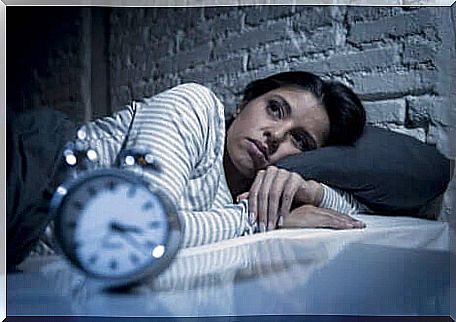
Our brain plays with us
The link between hypnomania and insomnia is a clear example of how our brains can sabotage us. Everyone worries once in a while. In many cases, finding the solution to the problem can help. However, worrying too much can also hurt worse.
It is almost as if our brain has a “tolerable limit of worry”. When it is exceeded, we lose the ability to solve the problems, even when the solution is within reach.
Some people spend so much time worrying about how little sleep they are getting that they end up getting a chronic disorder. While this does not mean that you should not pay attention to your sleep habits, it is important to worry in a useful and constructive way without letting these worries steal your night’s sleep.
